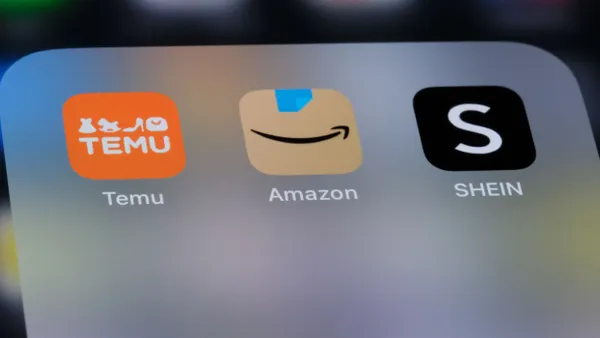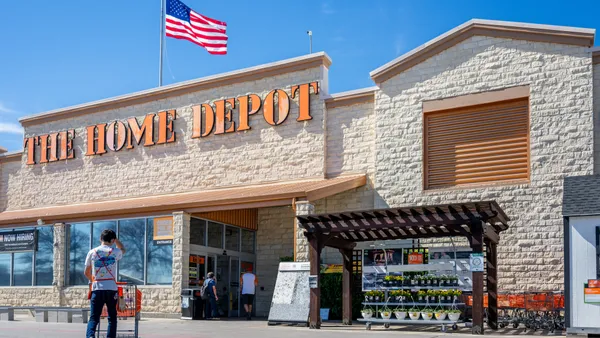Dive Brief:
-
Victoria’s Secret will wrest back the market share it lost to DTC rivals by focusing on its core merchandise, especially bras, aiming for that to encompass 55% of its offer, (up from what at one point was as low as 35%), and continuing what has been a major brand evolution, CEO Martin Waters told investors Thursday.
-
The company is two years into a five-year turnaround, and aims for about $7.3 billion to $7.4 billion in sales, with mid-teens operating margin, he said, adding that it will avoid value pricing. Victoria’s Secret notched $6.8 billion in net sales last year.
-
Among the investment priorities will be a “re-envisioned” fashion show, Chief Financial Officer Tim Johnson said during the company’s annual investor day. The infamous event was canceled in 2019 when Victoria’s Secret was still part of L Brands, amid criticism of what many saw as outdated and problematic positioning.
Dive Insight:
As far as Waters is concerned, the DTC lingerie brands that found success in recent years now find themselves at a disadvantage because their key proposition has been that they are not Victoria’s Secret. DTC lingerie brand ThirdLove in particular has based much of its marketing on being anti-Victoria's Secret.
“Many of these brands ... exist because we were not what we should have been,” he said.
Victoria’s Secret will be removing those brands’ raison d'être by continuing what has been a dramatic pivot toward empowerment, inclusivity and diversity, he said.
During its investor day he and other executives outlined a strategy based on “growing market share in our key categories of bras, intimates and beauty, while evolving our brand positioning to be more inclusive and attracting a broader more loyal customer base with more compelling story telling in stores and on our digital platform,” as described in a press release.
The company also aims to expand abroad, where it sees major potential to take share, via international partnerships. Partnership will also be important in diversifying and expanding its merchandise assortment. The company has already invested in cult beachwear brand Frankies Bikinis and For Love & Lemons and in May launched a marketplace, VS&Co-Lab, to “showcase brands that align with its values of innovation and inclusivity.”
Several retailers including Walmart and Macy’s have turned to marketplaces to expand their assortments, though Waters said he prefers to call Victoria’s Secret’s approach a “market collection.” The effort allows Victoria’s Secret and its sibling Pink brand to offer more items in areas like plus or shapewear, he said.
“We deliberately didn't use the term ‘marketplace,’” he said. “We are not turning Victoria's Secret into an aggregator of everybody else's content, I don't think that makes sense. But with 500 million people coming to our site every year, we believe there is significant opportunity to sell those customers other merchandise that is close to our core, where maybe we don't want Victoria's Secret or Pink to go.”














